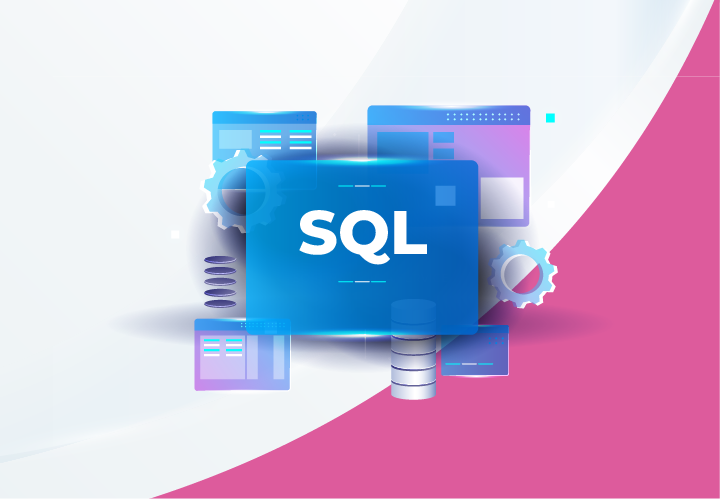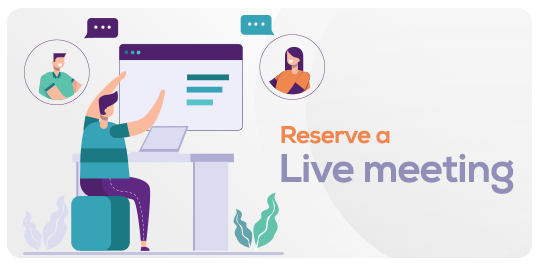Database Management and SQL Optimization Internship Program
in BCAAbout this course
Database Management & SQL Optimization - 6-Week Hands-On Learning & Practical Exposure
This internship program provides hands-on experience and theoretical knowledge in database management systems, focusing on SQL and NoSQL databases, query optimization, and database security. It progresses from foundational concepts to advanced topics such as replication and scaling, enabling interns to manage, optimize, and secure databases efficiently.
Week 1: Foundations of Database Systems
- Introduction to Databases
· Study relational (SQL) vs. non-relational (NoSQL) databases.
· Compare database types and explore real-world use cases.
- Setting Up Database Environments
· Install and configure MySQL, PostgreSQL, and MongoDB on local/cloud systems.
· Gain familiarity with each database’s interface and management tools.
Week 2: Database Design & Basic Operations
- Database Design Principles
· Design a normalized schema for an e-commerce or similar system.
· Create an ER diagram and plan efficient data structures.
- SQL Query Basics
· Perform CRUD (Create, Read, Update, Delete) operations.
· Learn fundamental SQL syntax and practice data manipulation.
Week 3: Advanced Querying Techniques
- Advanced SQL Queries
· Implement complex queries using JOINs, subqueries, and window functions.
· Solve real-world data retrieval problems with optimized queries.
- Indexing & Query Optimization
· Analyze query performance and use indexing for efficiency.
· Understand query execution plans and performance tuning basics.
Week 4: Automation & Transactions
- Stored Procedures & Triggers
· Create automated tasks and event-driven actions within databases.
· Learn to modularize SQL code for reusability.
- Transaction Management & ACID Properties
· Implement transactions ensuring data integrity and consistency.
· Use commit and rollback functions effectively.
Week 5: Security, Backup, and NoSQL
- Database Security Best Practices
· Apply encryption, user roles, and access control for secure databases.
· Understand common vulnerabilities and how to mitigate them.
- Backup & Recovery Strategies
· Set up scheduled backups and recovery plans.
· Ensure data durability and availability.
- NoSQL Database Concepts & Implementation
· Design and use a MongoDB database for a sample application.
· Practice data modeling using JSON documents.
Week 6: Migration, Optimization & Final Project
- Data Migration Between Databases
· Transfer data between SQL and NoSQL databases.
· Handle schema transformations and compatibility issues.
- Performance Tuning & Query Profiling
· Profile and fine-tune queries for optimal performance.
· Use performance metrics to identify bottlenecks.
- Database Replication & Scaling
· Explore replication methods for data availability.
· Set up scalable database environments.
- Final Database Project
· Develop a complete, real-world database system.
· Apply all concepts: design, querying, optimization, security, and scalability.
Comments (0)
To understand the fundamental differences between relational (SQL) and non-relational (NoSQL) databases and explore their real-world applications.
To learn how to install and configure MySQL, PostgreSQL, and MongoDB for development purposes.
To understand database normalization, entity-relationship modeling, and schema design best practices.
To practice writing and executing basic SQL queries for data manipulation and retrieval.
To develop a deeper understanding of complex SQL operations like JOINs, subqueries, and window functions.
To enhance database performance by using indexing techniques and optimizing query execution.
To implement stored procedures and triggers for automating database operations.
To understand and implement database transactions with rollback and commit operations, ensuring data consistency and integrity.
To learn essential database security practices to protect data from unauthorized access and attacks.
To set up automated backup and recovery mechanisms to prevent data loss and ensure database reliability.
To understand NoSQL databases, their benefits, and implement a basic MongoDB database for a blog application.
To understand data migration strategies and perform data transfer between different database management systems.
To optimize database performance by analyzing query execution and making necessary improvements.
To understand database replication techniques and configure a master-slave replication setup.
To apply all learned database concepts by developing a fully functional database for a real-world application.









